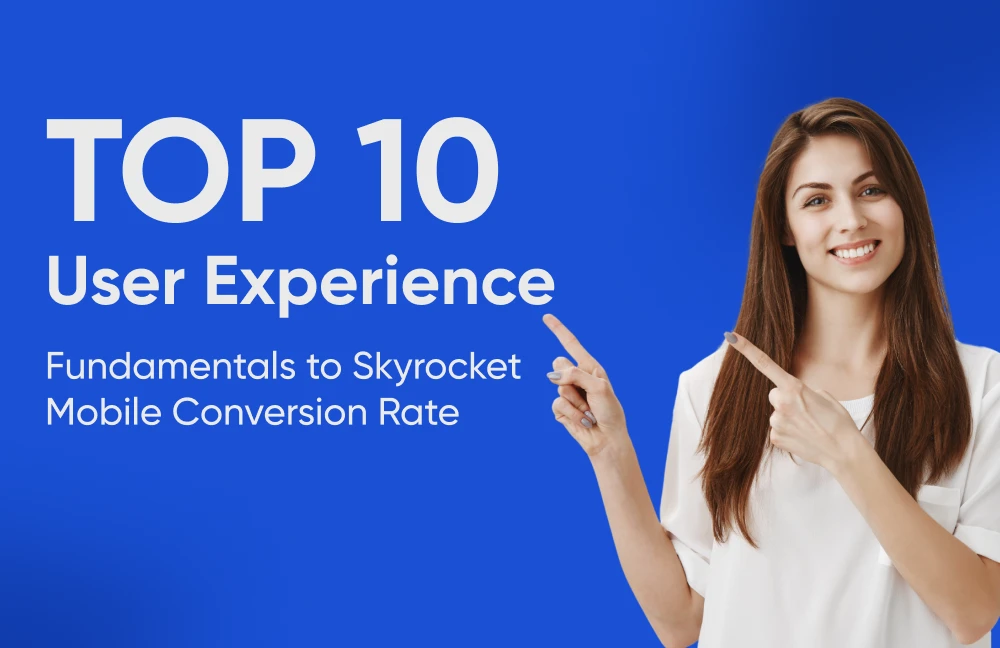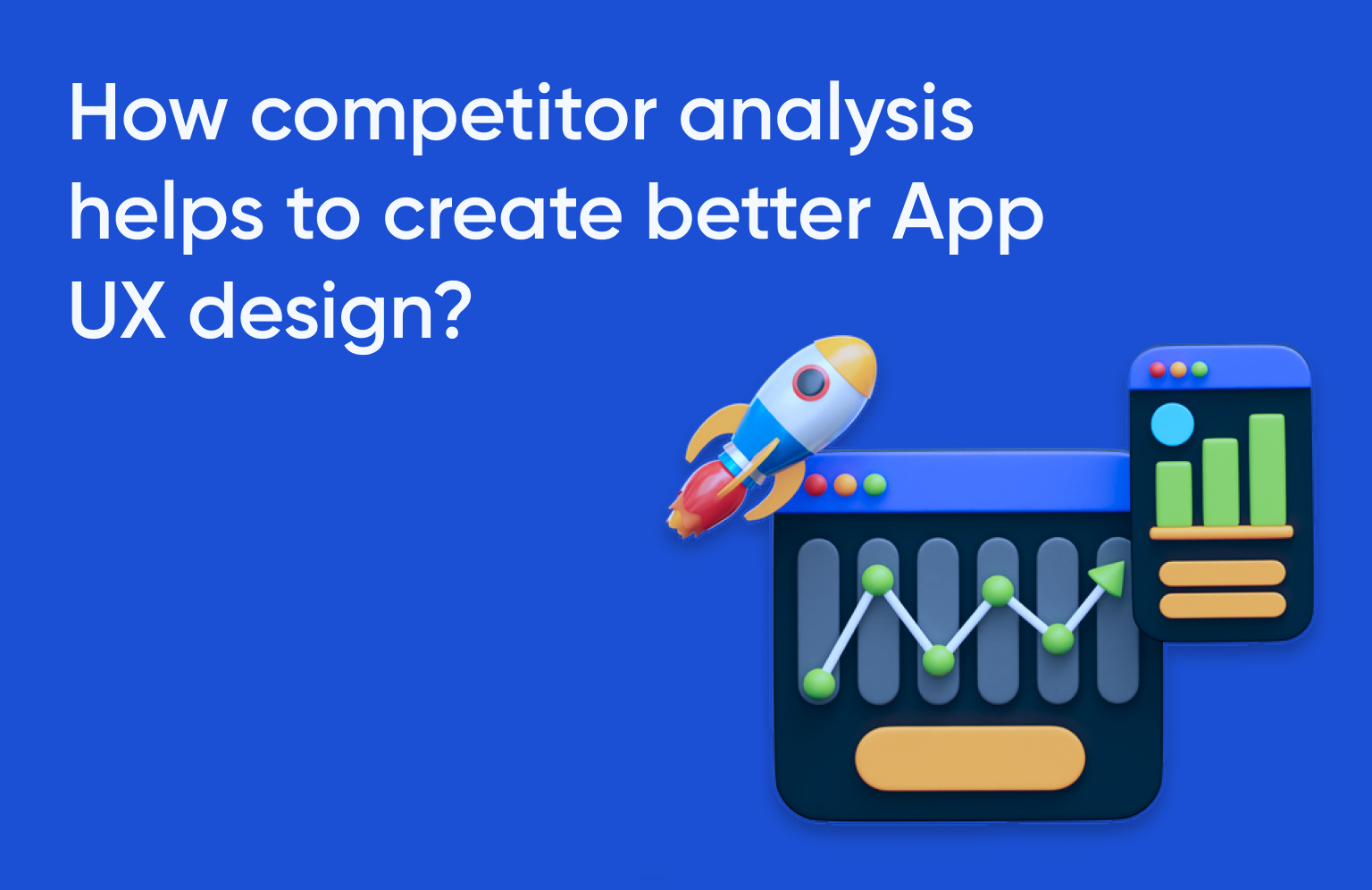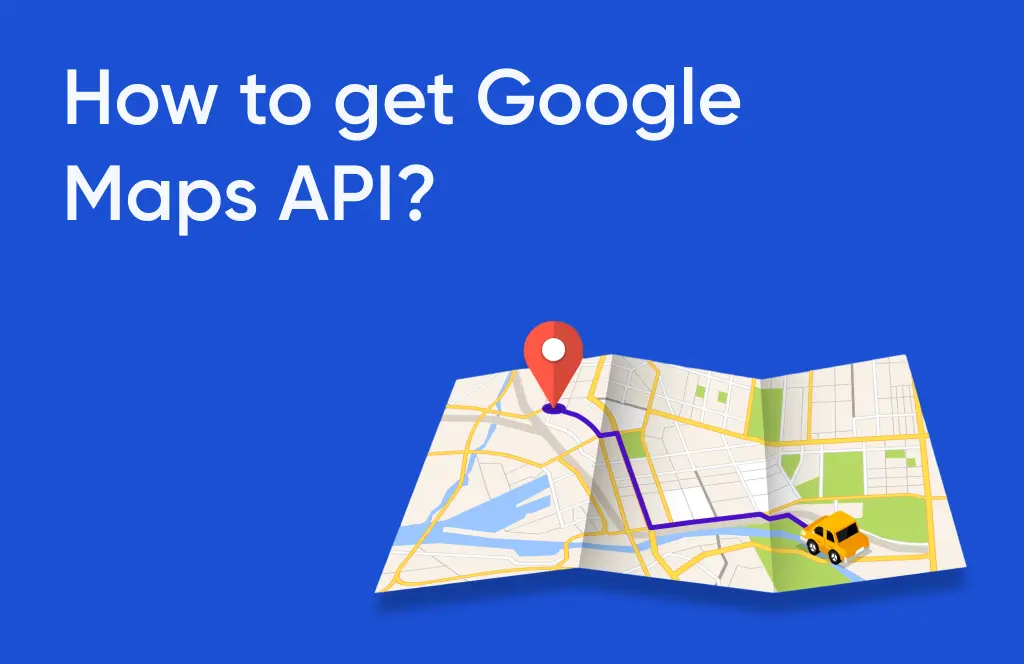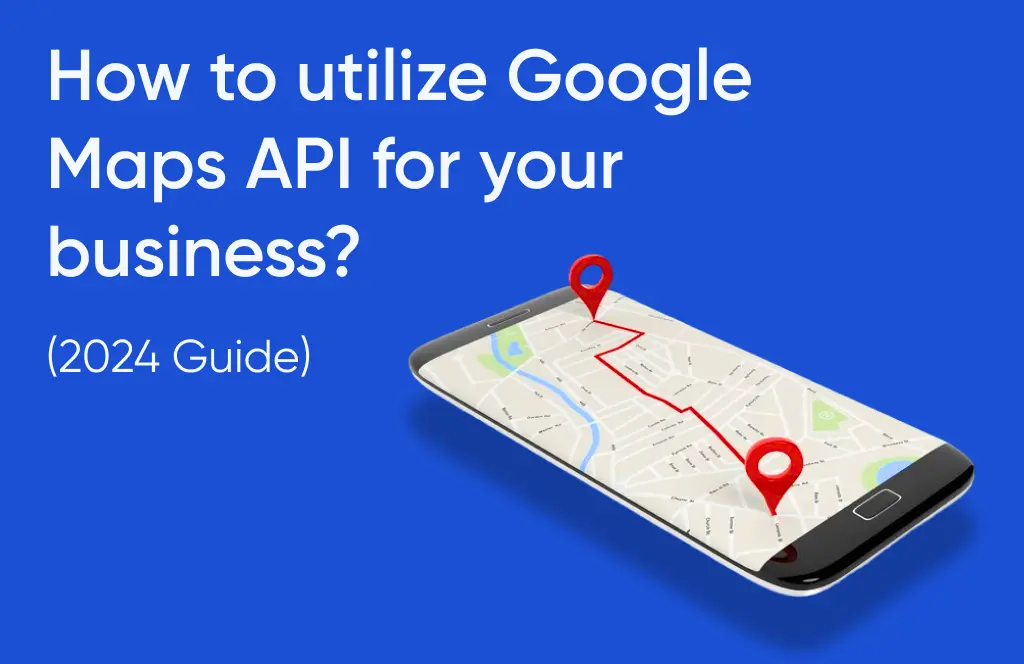As we look ahead, the future of marketing is set to be revolutionized by personalization. With rapid technological advancements paving the way for more human-centric experiences in the online world and a surge in digital behaviours post-pandemic, organizations must embrace the growing demand for personalized interactions.
Within the vast landscape of customization, content recommendation platform emerges as a prominent branch, holding the key to revolutionizing marketing strategies. In its simplest form, consumers may encounter generic suggestions based on content popularity.
However, with the advent of AI-powered content recommendation engines, businesses can now tap into product catalogues and customer data to offer highly personalized choices.
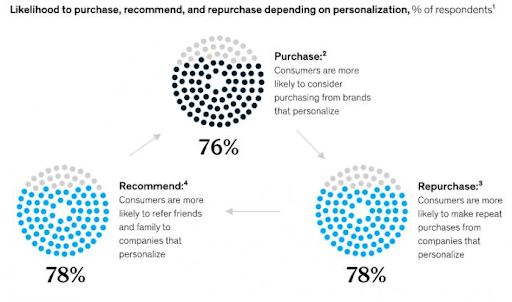
In this article, we embark on a journey into the fundamental aspects of content recommendations. We’ll delve into the intricacies of suggestion placement strategies, the advantages of adopting content recommendation approaches, and the diverse platforms that empower this innovative marketing technique.
Moreover, we’ll provide real-life examples of content suggestions to demonstrate how they can catalyze your website’s or business’s growth and success. Let’s unlock the potential of content recommendations and uncover their transformative impact on user engagement and revenue generation.
What is a content recommendation engine?
The content recommendation engine is an advanced system that suggests relevant and personalized content to users based on their interests, preferences, and browsing behaviour.
It leverages sophisticated algorithms, often powered by artificial intelligence, to analyze user data and understand their individual needs. By matching user profiles with appropriate content, content recommendation aims to enhance user engagement, improve user experience, and increase the likelihood of repeat visits and conversions on websites or digital platforms.
This technology is widely employed by various online platforms and websites to deliver tailored content suggestions seamlessly integrated into the user’s browsing experience.
One common manifestation of content recommendations is through related content widgets, often labelled as “recommended content” or “you might also like.” These widgets prompt users to explore additional material from the same website or other sites offering comparable content. The Wunder Ground serves as a notable example of effectively implementing content recommendations to engage users with relevant and captivating content.
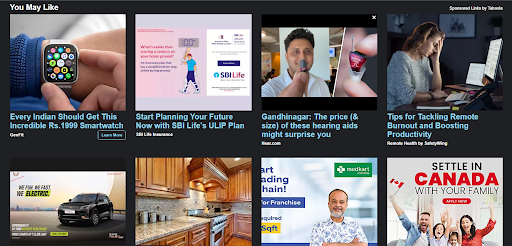
How Content Recommendation Works?
Content recommendations operate through diverse approaches, depending on the platform and technology employed.
1. Keyword and Tag-based Recommendations:
Certain platforms use keywords and tags to suggest relevant material to users. By analyzing user input, search queries, and content tags, the recommendation engine identifies content that aligns with the user’s interests and preferences.
2. User Interaction Tracking:
Some content recommendation tools track user interactions with website content, learning from their behaviour to make personalized suggestions during their subsequent visits. By understanding the user’s browsing history and content consumption patterns, the engine can tailor content recommendations to suit individual preferences.
3. Integration via Website Plugins:
Content suggestions can be seamlessly integrated into websites through the use of plugins. These plugins enable the presentation of related content widgets or personalized recommendation lists to users, fostering a more engaging browsing experience.
For instance, Amazon employs a content recommendation engine to suggest products based on users’ prior interactions, including viewed products, purchase history, and browsing activity. This AI-driven system enhances the user’s shopping experience by offering personalized product recommendations tailored to their specific interests and preferences.
What are the types of Content Recommendations?
Content recommendations can be categorized into two main types: on-page and off-page suggestions, each offering distinct benefits to website owners and users.
a) On-page Recommendations:
On-page content suggestions are strategically placed within your website, encouraging users to explore more of your material and prolong their stay. By presenting relevant content to visitors based on their current interests, on-page recommendations aim to increase the time users spend on your page and website, ultimately reducing bounce rates.
As users engage more with your content, they are more likely to share it on social media, amplifying the visibility of your business and content. This type of recommendation is particularly advantageous for websites with substantial content portfolios, ensuring that a wider audience discovers and engages with the diverse material. However, for younger websites with limited content, the full potential of on-page content recommendations might not be fully realized.
CNN provides a real-life example of on-page content recommendations, showcasing content suggestions that align with their existing on-page material, enhancing user engagement and navigation.

b) Off-page Recommendations:
Off-page content recommendations guide users to external websites, directing them to relevant content hosted on other platforms. This type of content-based recommendation is particularly beneficial for websites that rely on referral or affiliate revenue streams.
By offering users valuable content from external sources, you can enhance their browsing experience and foster loyalty. For websites that are part of a broader publishing network, off-page recommendations can be effectively used to drive traffic to other sites within the network, creating a mutually beneficial ecosystem.
For instance, real estate content highlighted by “magicbricks” in “timesofindia” exemplifies how off-page recommendations can promote and strengthen content across different platforms.
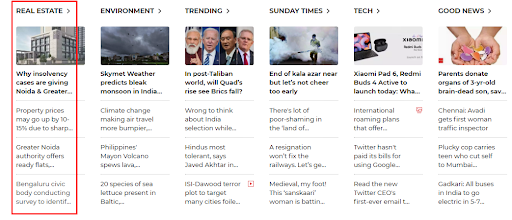
What are the tips to improve the impact of Content Recommendations?
1. Introduction:
While the introduction of your blog article is crucial in grabbing readers’ attention, the conclusion plays an equally vital role. It serves as the key to sustaining their interest and enticing them to return for more engaging content. In this section, we’ll explore the power of content recommendations in your blog post’s conclusion, offering seven effective ways to leave a lasting impression on your audience.
2. Summarize your Main Point:
Incorporate content recommendations that expand on the core message of your blog article. Suggest additional resources or in-depth guides that elaborate on the topic, ensuring your readers gain a comprehensive understanding.
3. Activate the Reader’s Will to Act:
Drive engagement by persuading readers to take action. Recommend practical steps or actionable tips related to the blog’s content, motivating them to implement the insights shared.
4. Request a Share of the Reader’s Post:
Encourage social sharing by explicitly asking readers to share your blog post with their network. Utilize social media buttons or catchy CTAs to make sharing effortless.
5. Connect to Another Valuable Website:
Enhance your blog’s credibility by recommending external sources, such as newspaper articles or industry books. This not only adds value but also showcases your awareness of current trends in your profession.
6. Pose a Query to Invite Feedback:
Stimulate interaction and increase user engagement by posing thought-provoking questions. Encourage readers to leave comments, sharing their thoughts and experiences on the topic.
7. Inform Readers about Upcoming Events:
Tease your audience with exciting upcoming content. Mention webinars, podcasts, or exclusive releases, enticing them to subscribe to your blog for timely updates.
Promote Your Business or Product: Capitalize on related content recommendations to promote your business or product. For example, if your article discussed overcoming procrastination, link to an e-course on time management.
Where to Place Recommendations
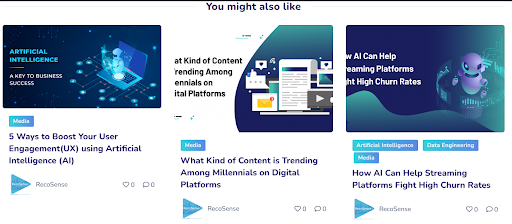
Content Recommendation Using On-Site Widgets
A very easy tactic that is also quite successful for expanding your audience is the content recommendation widget!
You propose material using on-site widgets in this sort of placement so that when the reader scrolls down, the content shows on the right-hand side of the page.
With this form of placement, you suggest material using website widgets so that it will display on the reader’s right as they scroll down the page.
Here is an example of timesofindia blog news
 Key Benefits:
Key Benefits:
- Websites that use content suggestion widgets can increase revenue.
- Widgets that offer personalized recommendations boost conversions by 15% to 20%.
- Increased content engagement may be achieved with the use of recommendation widgets.
Creating a Product Recommendation Popup
Popups can make or break a website’s success, depending on how they are utilized. When done right, they can transform site visitors into paying clients and foster customer loyalty over time. Carefully choosing the recommended products can significantly impact the success of popups, ultimately leading to increased conversions and repeat customers.
To ensure popups don’t disrupt the user experience, consider the timing
Schedule popup suggestions to appear at strategic moments, such as when the visitor has engaged with enough content or is about to exit the page.
Example from GetResponse: Observe how GetResponse effectively times their popups, enhancing user satisfaction and engagement.
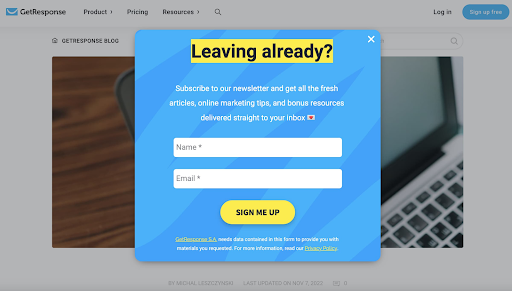
Content Recommendation Strategies
Smart content suggestion tactics assist you in providing the finest material to each visitor and providing a better experience. This will also help you discover more relevant material and increase engagement with it.
In this blog article, we will look at the top six best content suggestion tactics for 2023.
1. Most Popular Content:
The number of page views or unique site visitors that a piece of content receives is frequently used to identify the most viewed content. The length of time that a piece of content spends in different categories can also indicate its popularity.
This is one of the best content suggestion tactics for engaging first-time visitors to your site. Examine how “The Week” promotes its most popular material on its website:
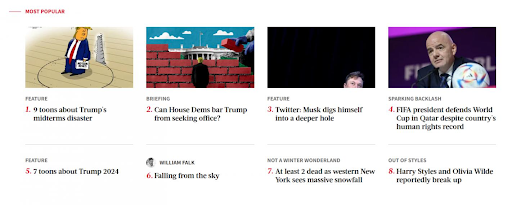
2. Associated Information:
Proposing similar material is a top-notch content suggestion tactic for captivating clients and new visitors. Marketers leverage content recommendation engines equipped with complex algorithms to curate personalized suggestions based on users’ past interactions.
YouTube serves as a prime example, dynamically populating related videos on the right-hand side in real-time, tailoring recommendations to match the current video, and alluring viewers with engaging content.
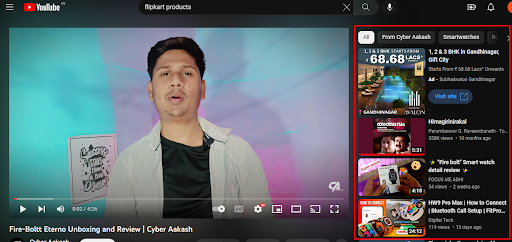
3. Last Viewed Content:
The second best content suggestion strategy on our list is to propose new material based on prior content read by your audience.
AI-based algorithms provide the most recently watched material to the visitor first, and content suggestions are often based on watching statistics from the previous week, month, or any other time period.
This content recommendations-based method is used by popular websites such as Netflix and Amazon to engage their consumers.

4. Highly Individualized Recommendations:
Make sure your material is highly personalized if you want it to be viewed by as many individuals as possible.
In addition, contemporary customers need highly customized experiences across all digital media. According to a 2021 survey, 60% of participants stated they would return to a company that provides a personalized experience.
Content recommendation engines use various data sets in addition to demographic information to segment audiences and personalize content recommendations:
- Internet searches
- geographical area
- Purchase background
- Social interaction
- Items in the shopping basket right now
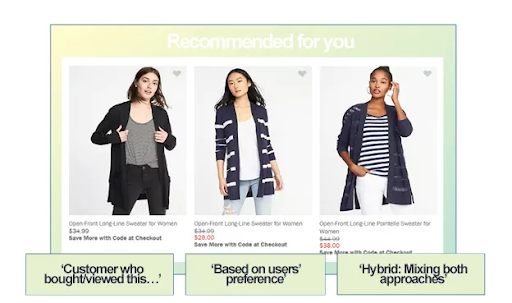
5. People Also Viewed:
Using “People Also Viewed” as a content suggestion method frequently yields positive results.
Here, you give a user content recommendations based on what other users have watched. Here is one instance:
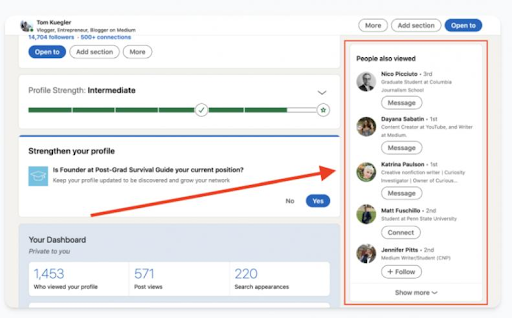
6. Group Content Recommendation:
Grouping material is an excellent content suggestion approach for a few reasons.
For starters, it enables you to display a greater volume of material to your audience at the same time. This is especially beneficial if you want to recommend a lot of stuff but don’t want to overload your viewers.
Bundling content keeps your users interested. You increase their chances of finding anything that interests them by offering numerous pieces of content (or items) at once.
This is how Accuweather promotes a collection of content articles covering a wide range of topics.
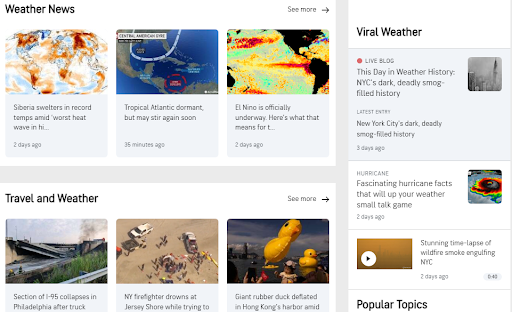
Conclusions
Content recommendations may boost personalisation on your website, increasing brand recognition and generating quality leads for your company.
This, in turn, can enhance sales and income for your brand.


